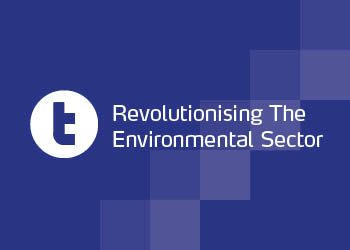The decision by the European Commission to split the proposed non-ferrous and ferrous 2030 packaging targets will lead to extra cost, according to the European Aluminum Association (EAA).
Under the proposals published by the European Commission last week, 80 per cent of packaging will need to be recycled or prepared for reuse by 2030.
Under this, there will be material-specific targets that will gradually increase between 2020 and 2030 to reach 90 per cent for paper and cardboard by the end of 2025 and 60 per cent for plastics, 80 per cent for wood, 90 per cent for ferrous metal, aluminium and glass by the end of 2030.
EAA director general Gerd Götz said: “EAA welcomes the European Commission’s package and supports many of its flagship proposals, including the new requirements on waste exports to combat illegal shipments of waste, the gradual phasing out of landfilling of recyclable waste, the reference to recyclability and durability in eco-design requirements, and the call for a better reporting of data. These are all essential conditions to achieve more ambitious recycling targets and to ensure a level playing field among products and materials.
“However, the industry is deeply concerned by the decision to split the packaging recycling targets between ferrous and non-ferrous metals. This would generate extra and unnecessary costs as considerable investment will be required to put in place parallel collection and sorting infrastructure for non-ferrous metals only.
“Instead, measures must be taken to improve existing joint metal packaging recycling systems at much lower cost. A joint recycling target for all metals – and across whole 28 Member States – would maximise the contribution of Europe’s industry to resource efficiency and optimise the use of existing joint collection systems.
“The EU must strive for true recycling which maximises the value of materials’ full life cycle. It must avoid promoting final disposal operations such as backfilling, which may stop the material cycle, particularly in the context of construction and demolition targets.”












